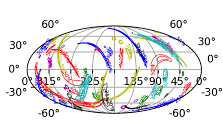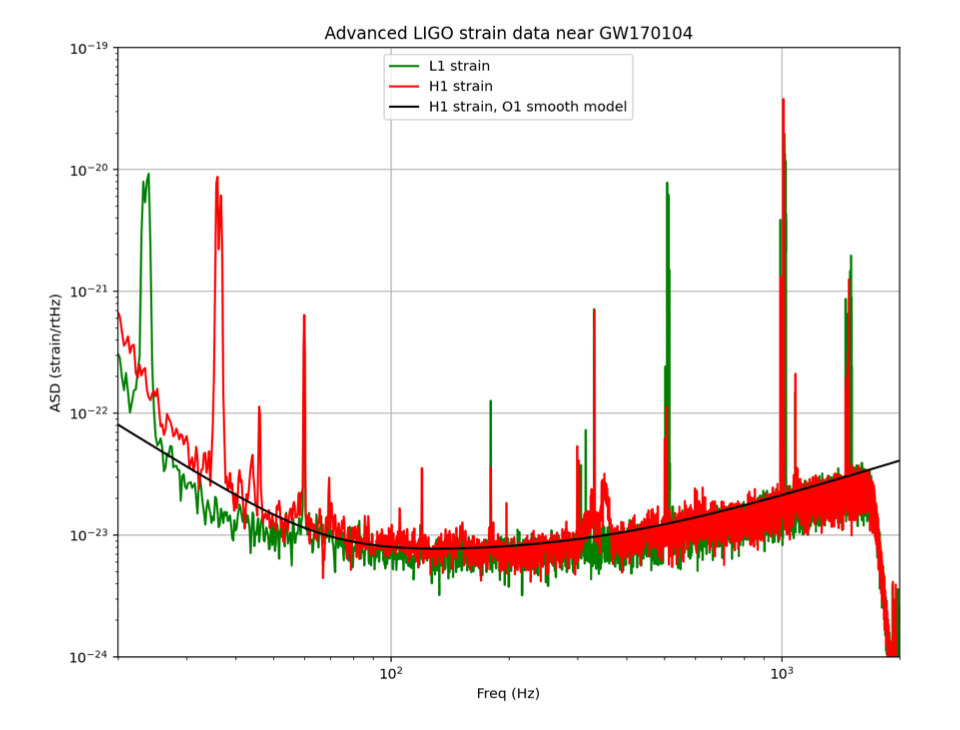Poughkeepsie, New York

Students learn about the physics of gravitational waves and how they are detected, and then use real data from a global network of gravitational wave observatories to perform their own personal research investigation.

Read about each student's investigation in their own words:
This paper approaches gravitational wave detection from a machine learning perspective, with an emphasis on supervised learning algorithms. A monomial logistic regression algorithm is utilized to study the signal to noise ratio of various events in an optimal matched filter search as a predictor variable to identify compact binary coalescences. The study produced an unfavorable classification success rate of 50%. Alternative predictor variables are explored.
The goal of this project would be to evaluate how the changes in waveform template parameters affect the detection efficiency of a black hole event. I recovered some of the main gravitational- wave event detections, ran the detection process using optimal matched filtering, changed the parameters, particularly the spin, and got slightly different waveform templates. I then drew conclusions about the nature of approximants and template banks I used through the signal-to- noise ratio results. Finally, I generated fake strains having the same parameters as the actual event signal to evaluate the effect of noise in our event's signal on change in SNR. The paper discusses how using different waveform models gives us very different templates and how having a high SNR value doesn't necessarily guarantee complete overlap between the template and signal. Generating a fake strain with the same parameters as the actual strain and varying the template's spin leads to slightly different SNR vs. spin1z vs. spin2z surface plots. Moreover, since there is a relationship between spin1z and spin2z, we see that the shape of the 3D plot between SNR, spin1z, and spin2z is the same as the shape of the 2D plot between SNR and spin1z+spin2z.
Since the first confident gravitational-wave detection, scientists have confirmed the astrophysical origin of signals in their data primarily based on the signals' existence in two or more observatories at the same time, barring intersite travel time of gravitational waves. GW170817A has been proposed to be a high-mass binary black hole merger, but the confidence of this candidate is a bit of a mystery because its signal has been observed in only one observatory. The confirmation of its astrophysical origin is pertinent to the fundamental theory regarding stellar-mass black holes, for the proposed black holes in GW170817A have masses that lie on the theoretical stellar-mass black hole cutoff. Therefore, this project aimed to investigate the detection confidence of GW170817A. This project replicates analysis done by the discoverers of GW170817A by performing time domain cross-correlation and optimal matched filter to verify their results. Results were presented and analyzed for their significance to the GW170817A proposal. Only a signal with SNR=6.32886 was found in the Livingston detector, and none were found in Hanford or Virgo. Two loud spikes in SNR distinct from GW170817A were also found in Livingston data and elaborated upon. No conclusions were made in this project.